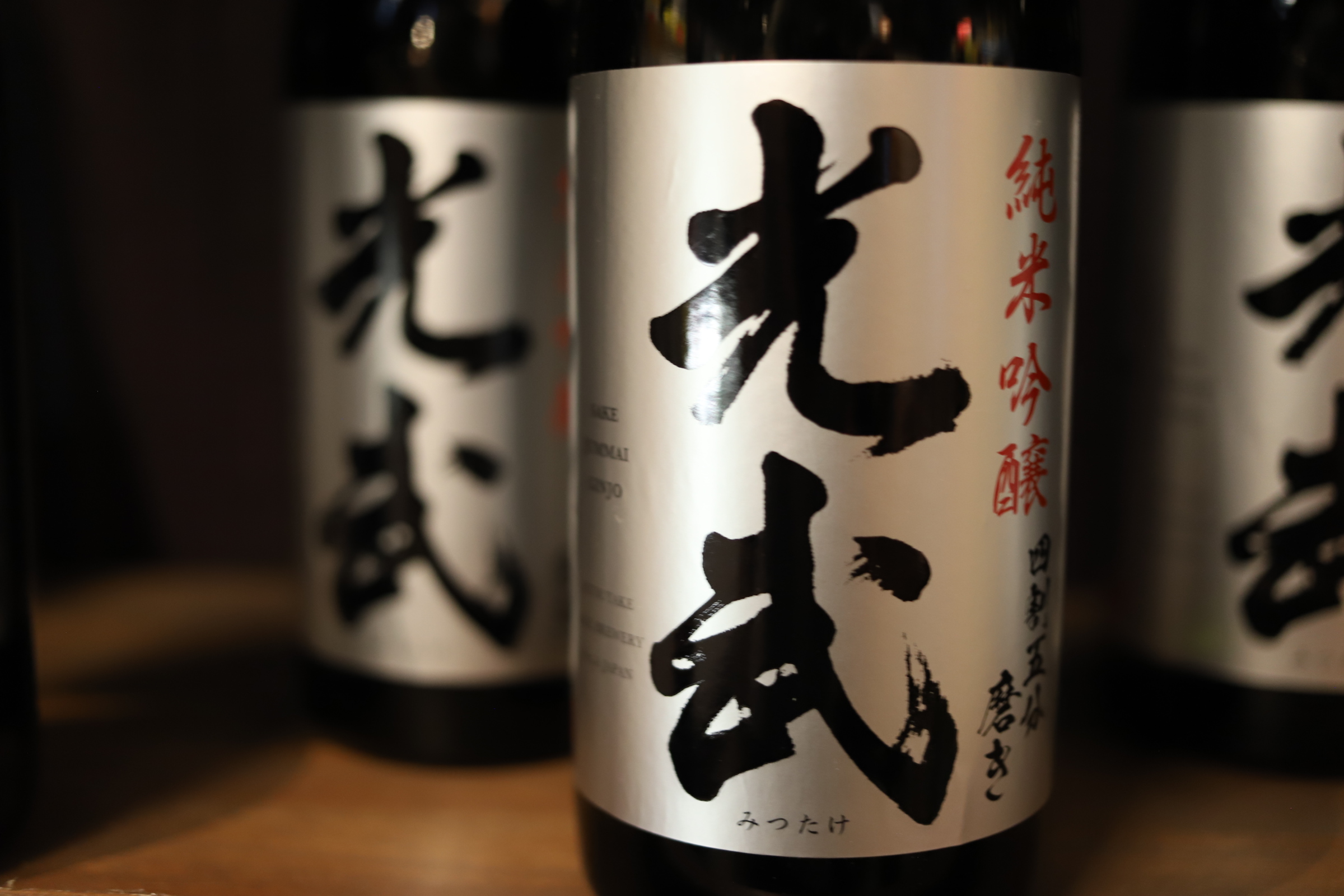When I visited Mitsutake Sake Brewery in Kashima, Saga, the first thing that caught my eye was the town itself. Unlike many Japanese cities filled with overhead power lines, this place had none, giving the streets an open sky and a timeless feeling. Traditional wooden houses stood side by side, creating a scene that felt like a glimpse into old Japan.
It reminded me of the Edo period (1603–1868, about 400 years ago), when daily life moved at a slower rhythm. Walking through the neighborhood felt almost like stepping into a time machine. Nestled among these historic streets, Kimitsu Sake Brewery has been quietly carrying on its craft for generations, and the calm aroma drifting from the brewery made the experience unforgettable.
Experiencing Old Japan in the Traditional Townscape of Kashima, Saga
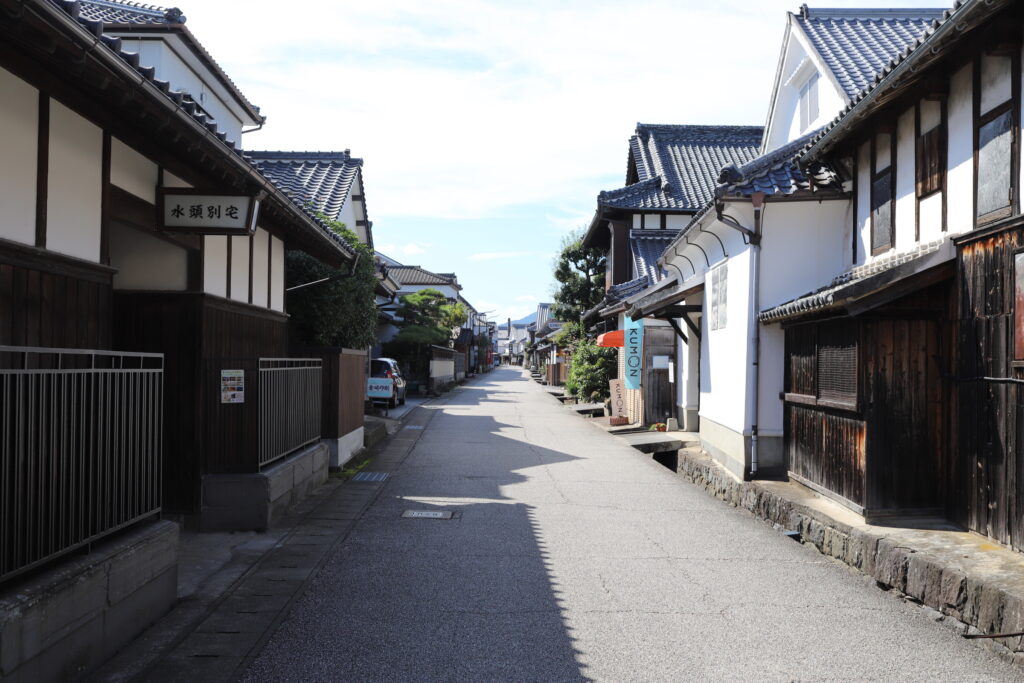
An Open Sky Without Power Lines, Streets Preserving the Spirit of the Edo Period (1603–1868)
On my way to Mitsutake Sake Brewery in Kashima, Saga, the first thing that truly moved me was the townscape itself.
In Kashima, there are no overhead power lines, so the sky feels wide open and clear. On both sides of the street, traditional houses stand in rows, and I felt as if I had slipped back into the Edo period (1603–1868, about 400 years ago). Right within this historic scenery stands Mitsutake Sake Brewery—blending naturally into the town, yet carrying a quiet and dignified presence.
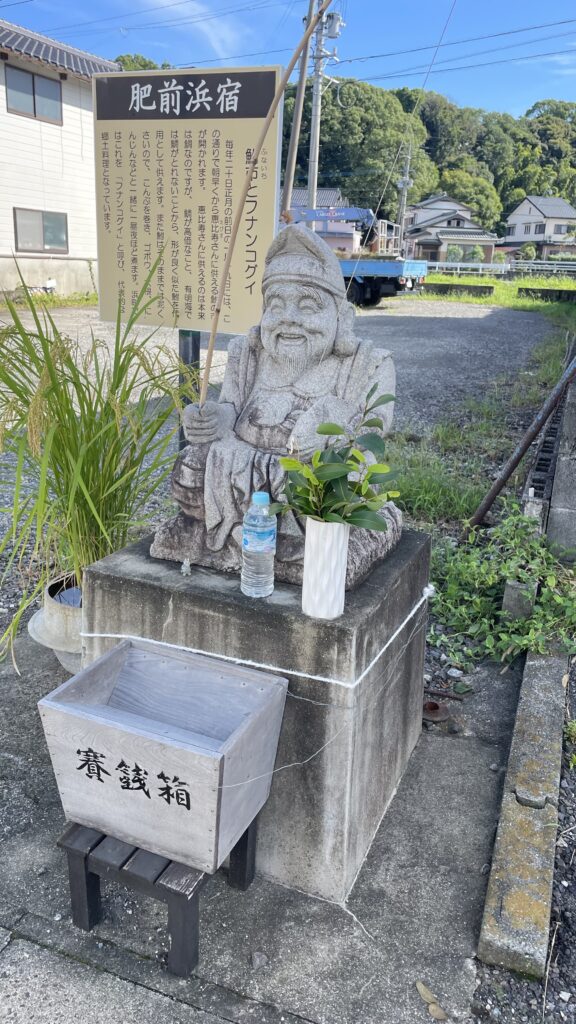
On my way to Mitsutake Sake Brewery in Kashima, Saga, the very first thing that struck me was the townscape. In most Japanese cities, the sky is filled with overhead power lines, but here, there were none. The open sky gave the streets a wide, timeless feeling, almost as if I had stepped back into another era. Traditional wooden houses with tiled roofs and lattice windows lined both sides of the road, and just walking through the area made me feel like I was experiencing “old Japan” in its purest form.
This neighborhood has even been used as a filming location for Japanese movies. I heard that during one shoot, the crew simply spread soil over the asphalt streets, and it instantly looked like the Edo period (1603–1868, about 400 years ago). That’s how well-preserved and authentic this town is. As I walked, I couldn’t help but feel like I had wandered into the set of a historical drama—except this wasn’t fiction, it was real life.
What made the experience even more memorable was the sound of nature. Even in the middle of summer, the air felt surprisingly cool, carried by a gentle breeze. A small stream runs near the brewery, and the constant murmur of flowing water created a peaceful background. I found myself slowing down, just listening, and it gave me a sense of calm that’s hard to find in modern cities.
Of course, that clear stream isn’t just for show—it’s also one of the reasons sake brewing thrives here. People often say sake is made of rice and water, and water quality is especially important. Mitsutake’s decision to build the brewery in this location makes perfect sense once you experience the purity of the local water. The stream’s crystal clarity and refreshing chill made it obvious why this place has supported sake brewing for centuries.
Walking through Kashima, I felt more than just nostalgia—it was like the town itself was alive with history. Unlike tourist spots designed to look old, here you can feel the past blending naturally into everyday life. And when I thought about how this same landscape and water had been part of Mitsutake’s sake for generations, it felt like the entire town was a living extension of the brewery itself.
Four Centuries of Sake Brewing at Mitsutake Brewery
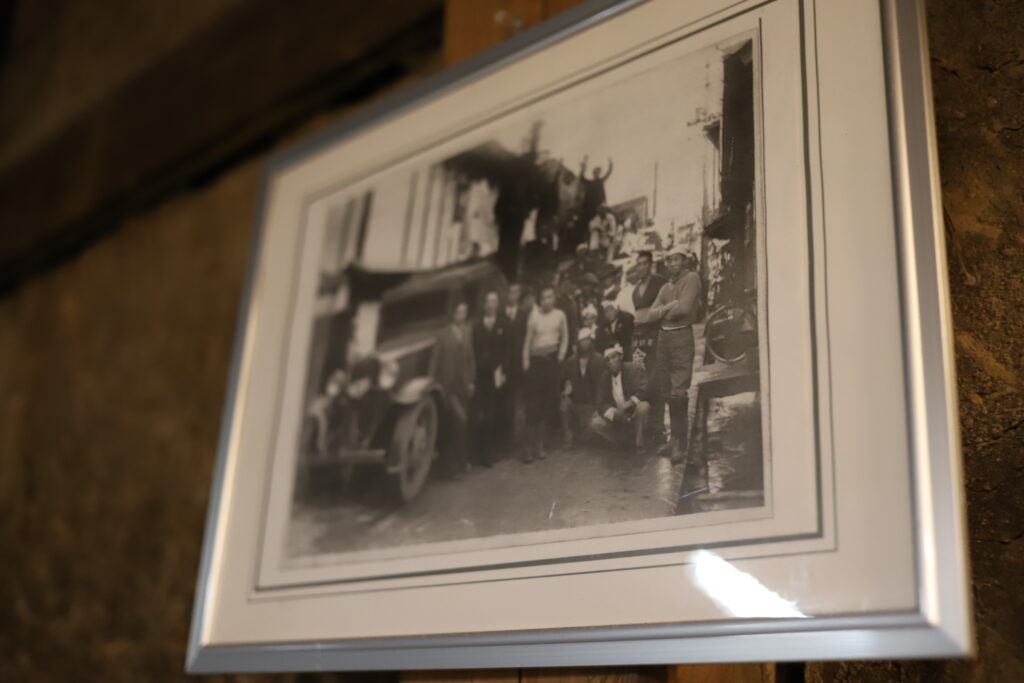
Tradition from the Edo period (1603–1868) carried into the present day
When I stepped into Mitsutake Sake Brewery, the first thing I felt was the weight of history lingering in the air. Brewing sake here has continued since the Edo period, sustained by local rice and pure water, and it still thrives as part of the community today.
When I stepped into Mitsutake Sake Brewery in Kashima, Saga, I immediately felt surrounded by history. The brewery’s story stretches back to the Edo period (1603–1868, about 400 years ago), and just being inside its wooden buildings made me imagine the generations of brewers who had once stood in the very same place. Even though Japan has gone through so many changes over the centuries, Mitsutake has continued to brew sake here, holding on to its traditions while also adapting to the times.
During my visit, the staff kindly explained how they make sake. They showed me the brewing tanks, where the fermentation was quietly bubbling away. The sound was so soft, but it gave me the impression that the sake itself was alive. They told me how important the quality of rice and water is. Mitsutake uses rice grown in Saga Prefecture and pure local water from Kashima. As I listened, I realized that sake here is not just a drink—it is a reflection of the land itself. Each bottle carries the taste of the region, shaped by its soil, water, and climate.
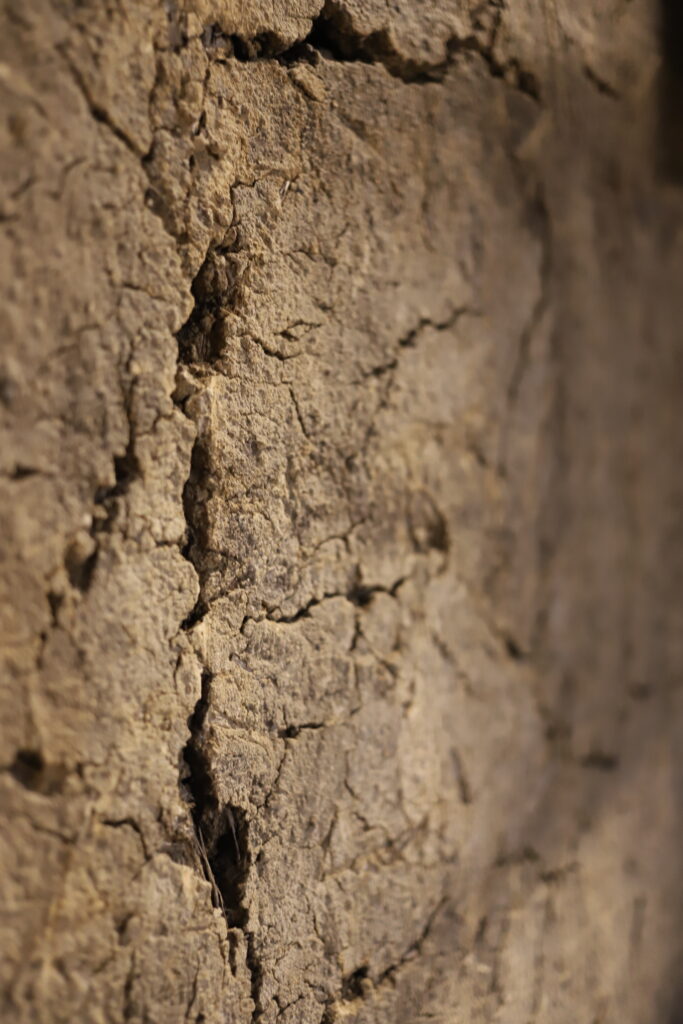
I also learned how much effort goes into the details of brewing. Temperature control, the timing of each step, and even the way the air flows inside the brewery all matter. Watching the brewers at work gave me a sense of how much care and patience is required. It’s not just about following a recipe; it’s about a relationship with nature and tradition that has been carefully handed down for centuries.
What impressed me most was how the people at Mitsutake talk about their work. They don’t simply say they are “making sake.” Instead, they speak about protecting culture, connecting with the community, and sharing the pride of Kashima with the world. Standing there as a visitor, I felt that this was more than a brewery—it was a living heritage site. Mitsutake is not only preserving its past but also carrying it forward into the future, one bottle at a time.
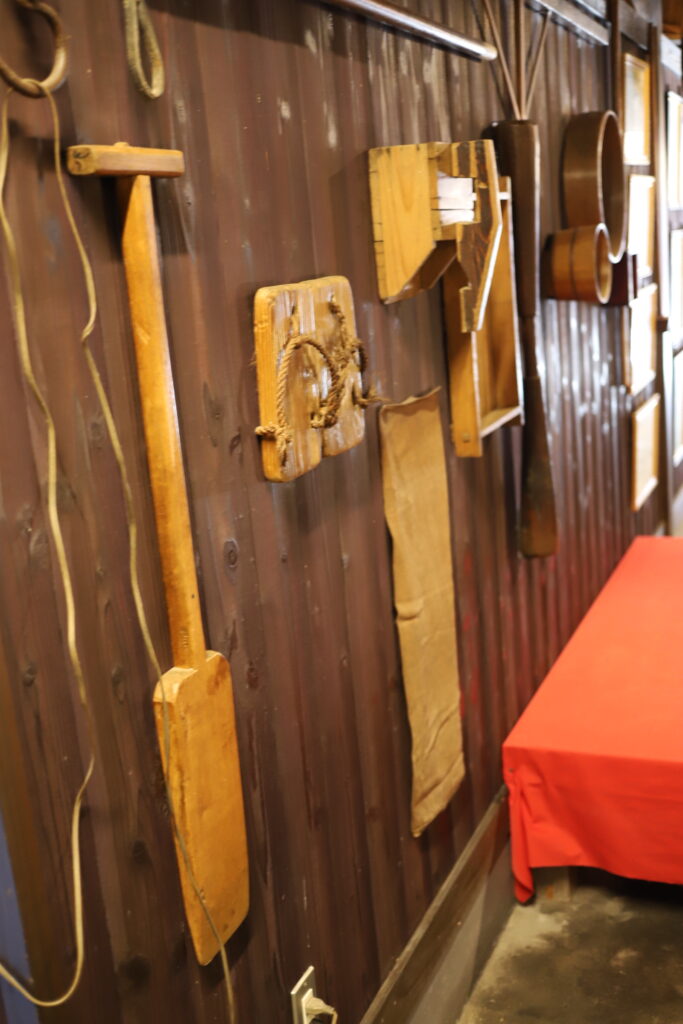
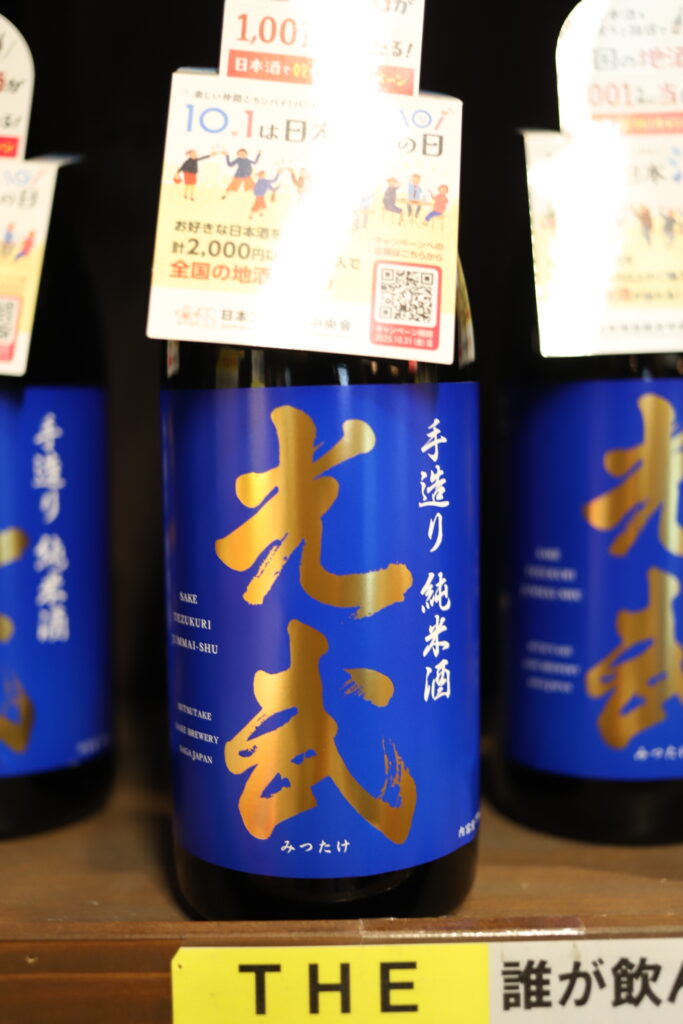
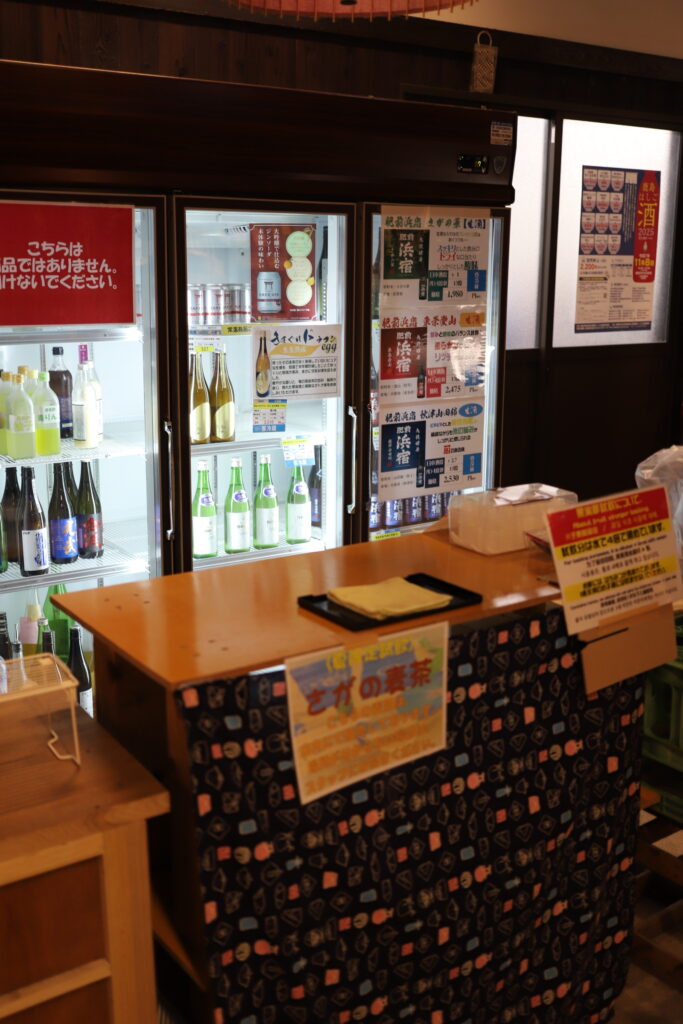
Discovering Mitsutake – The Signature Sake
My First Sip of Mitsutake Junmai Ginjo
A bold calligraphy label, a sake that defines the brewery
When the glass was placed in front of me, I noticed the elegant aroma rising even before I took a sip. The fragrance was soft yet vivid, carrying a sense of freshness that made me pause for a moment. As soon as I tasted it, the rich flavor of rice spread across my palate, followed by a clean, crisp finish. It struck a perfect balance—easy to drink, yet with depth that lingered.
The label caught my eye as well. The bold brushstroke characters spelling “光武” (Mitsutake) weren’t just decoration; they seemed to express the strength and dignity of the sake itself. One of the staff explained to me that this sake is the brewery’s flagship brand, recognized not only in Japan but also abroad. With every sip, I could sense the pride and craftsmanship that had gone into making it.
As I drank, I realized that this wasn’t just sake—it was the taste of the land itself. Local rice, pure water, and centuries of brewing tradition all came together in that one glass. Having just walked through the historic streets of Kashima, sipping Mitsutake felt like tasting the very spirit of the town.
For me, this encounter with Mitsutake was more than just a tasting—it was an introduction to the philosophy of the brewery. Strength and elegance, tradition and innovation, all coexisting in one bottle. It was as if I could truly taste the soul of the brewery in that single experience.
A Moment Inside the Brewery
Discovering Japanese Sake Culture Through All Five Senses
The highlight of my visit to Mitsutake Sake Brewery was the tasting session at the end of the tour. Behind the counter, refrigerators were neatly stocked with different kinds of sake—Junmai, Ginjo, and even limited seasonal labels. When I received a small glass poured by the staff, the aroma of the brewery itself—wood, fermentation, and freshness—seemed to mix with the scent of the sake, creating a truly unique atmosphere.
What surprised me most was how different each sake could be. Some were light and fruity, others bold and rich with the flavor of rice, while some left a clean and refreshing finish. Each sip felt like a new journey, revealing another side of the brewery’s craft.
When I stepped back outside after the tour, the fresh air of Kashima and the quiet townscape blended perfectly with the lingering taste of sake on my tongue. My time at Mitsutake wasn’t just sightseeing—it was a lesson in culture, a sensory experience that let me feel the living tradition of Japanese sake with all five senses.
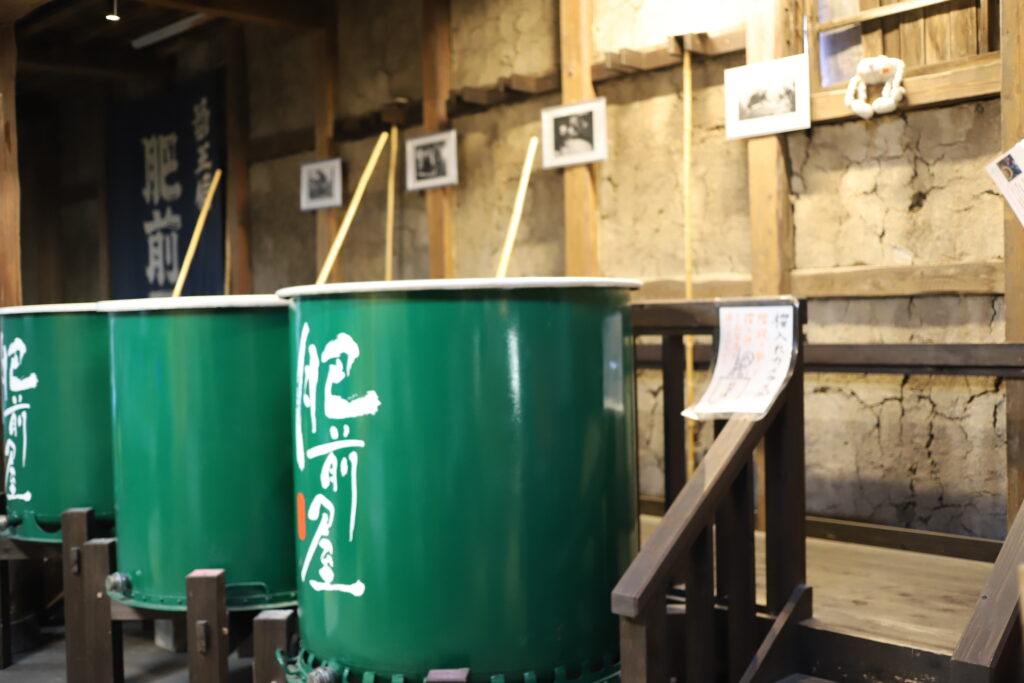
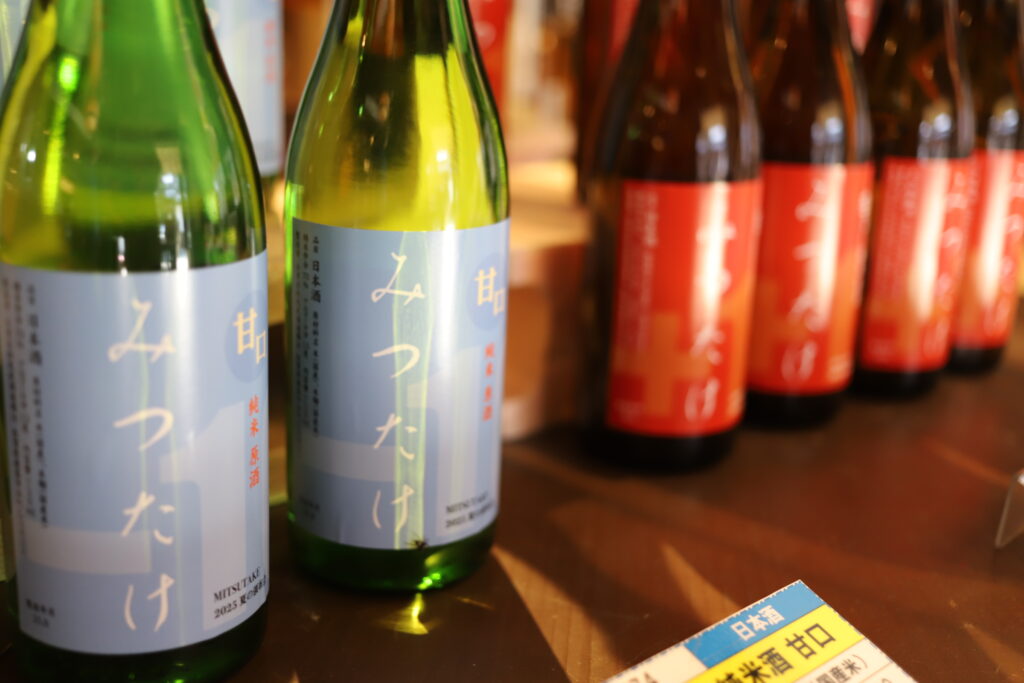
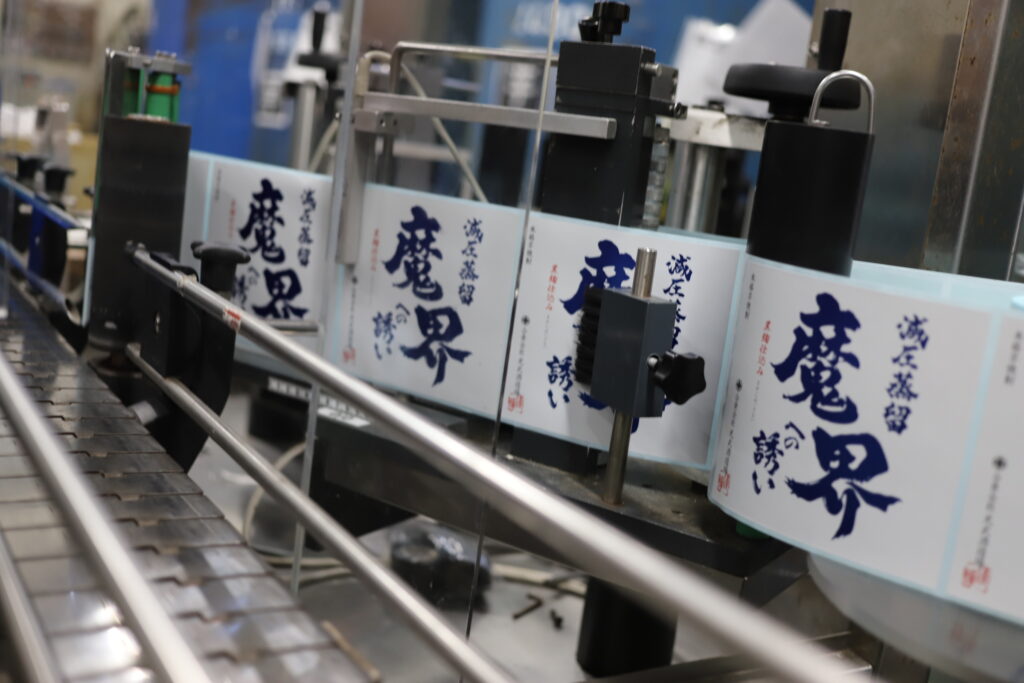
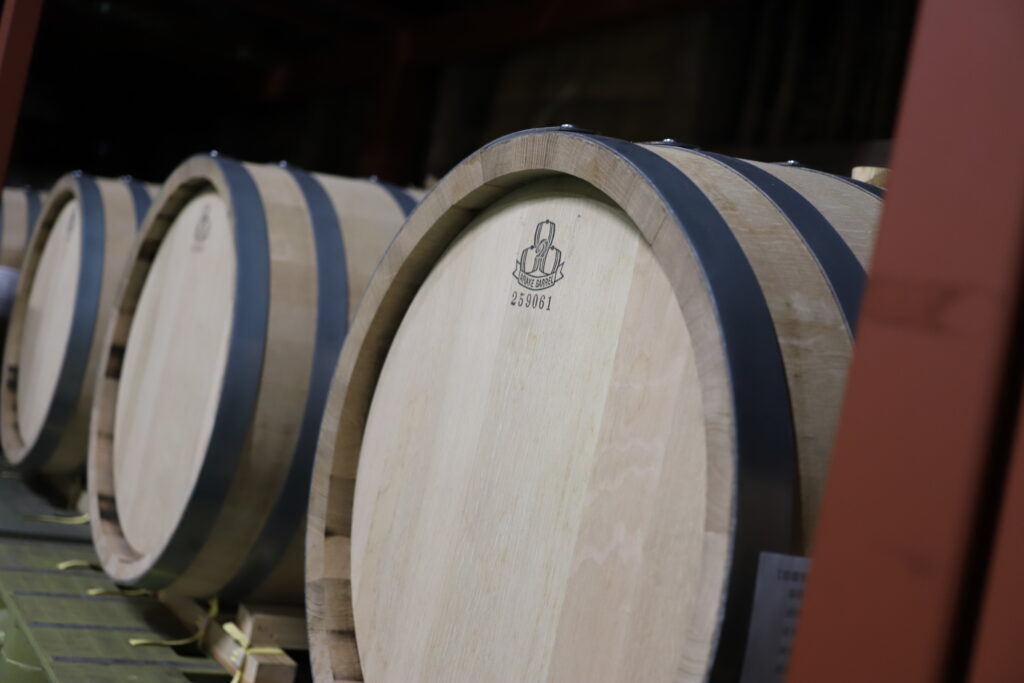
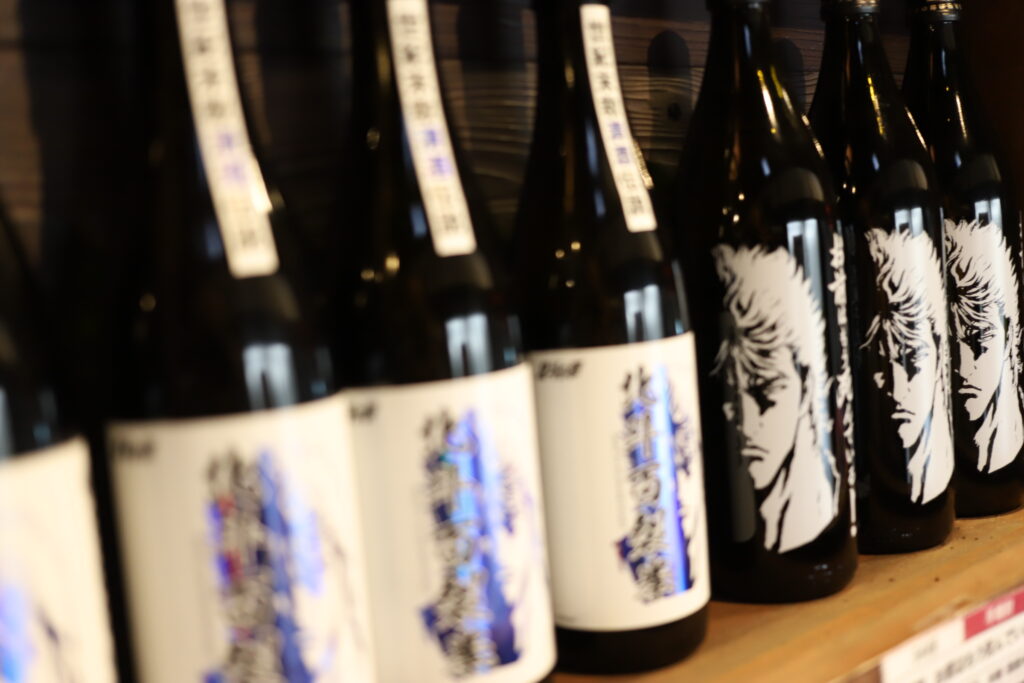
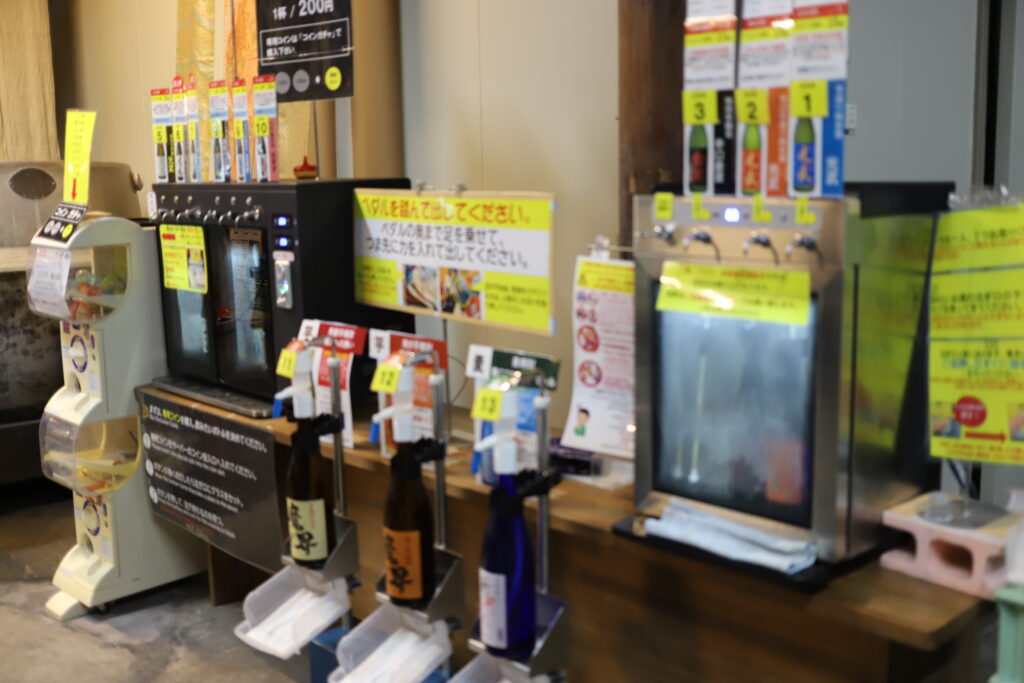
A Brewery Experience Beyond Just Sake
From sake to shochu to craft gin—Mitsutake embraces tradition and innovation
The highlight of my visit was, of course, the tasting counter, where I could compare different kinds of sake—from light and fruity Junmai to rich and bold Ginjo. But as I spoke with the staff, I learned that Mitsutake is not only a sake brewery. They also produce shochu (a traditional Japanese distilled spirit) and even their own craft gin, bringing a fresh, modern edge to their long history.
This wide range of production shows how Mitsutake balances respect for tradition with an openness to innovation. While the sake connects deeply with Kashima’s local rice and water, the gin and shochu highlight new flavors and possibilities, attracting people who may not usually drink sake.
One of the most surprising things I discovered was Mitsutake’s collaboration with popular culture. They’ve released special edition bottles in partnership with “Fist of the North Star” (Hokuto no Ken), the legendary manga series. Seeing these bottles lined up was a reminder that this brewery is not afraid to blend craftsmanship with creativity, tradition with pop culture.
For me, this made Mitsutake feel even more alive. It wasn’t just a place preserving history—it was a brewery evolving with the times, creating something new while honoring the old. Standing there, sipping sake, surrounded by tanks, earthen walls, and award certificates, I felt I was experiencing both the past and the future of Japanese brewing culture all at once.
Why Mitsutaka Sake Brewery Stands Out for Me
A place where tradition, innovation, and community spirit come together
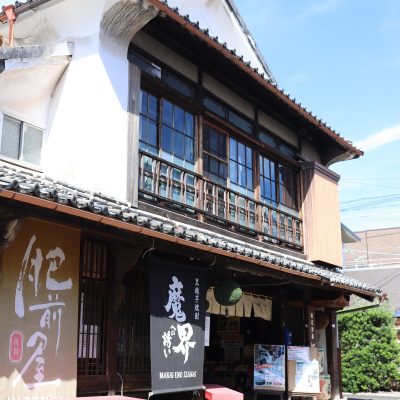
A Historic Facade
Standing in front of the brewery, I was struck by its timeless charm. The white plaster walls and wooden lattice windows tell stories of centuries past, blending seamlessly with the townscape of Kashima.
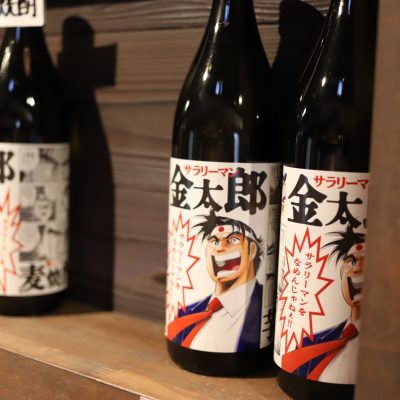
Unique Collaborations
Inside, shelves revealed bottles featuring bold artwork—from anime collaborations like Fist of the North Star to playful, modern designs. Mitsutake isn’t afraid to mix tradition with pop culture, making their sake appeal to all generations.
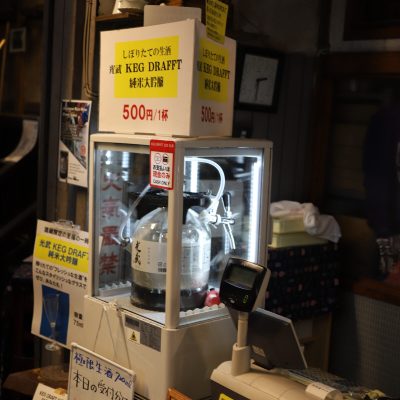
Fresh from the Keg
Mitsutake offers a rare KEG DRAFT Junmai Daiginjo, poured straight from the keg and served unpasteurized. At 500 yen per cup, it’s a unique treat you can only enjoy here.
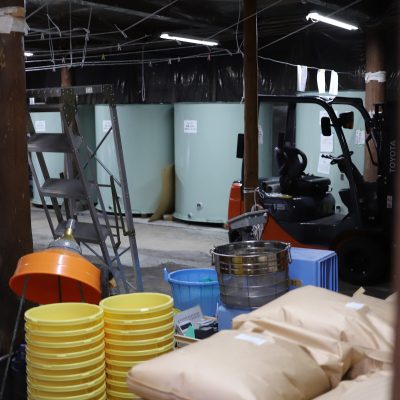
Behind the Scenes at Mitsutake
The brewing area gave me a glimpse of the real work—sacks of rice, buckets, tanks, and forklifts all lined up. It reminded me that each bottle is the result of dedication, teamwork, and hands-on craft.
Mitsutake Sake Brewery
Address:
〒849-1322
佐賀県鹿島市浜町 乙2421
Tel:
0954-62-3033
Please note that reservations can only be made in Japanese.
Opening Hours :
Monday – Friday: 8:00 AM – 5:15 PM Saturday & Sunday: Closed Hours may vary on national holidays (e.g., Autumn Equinox Day).

